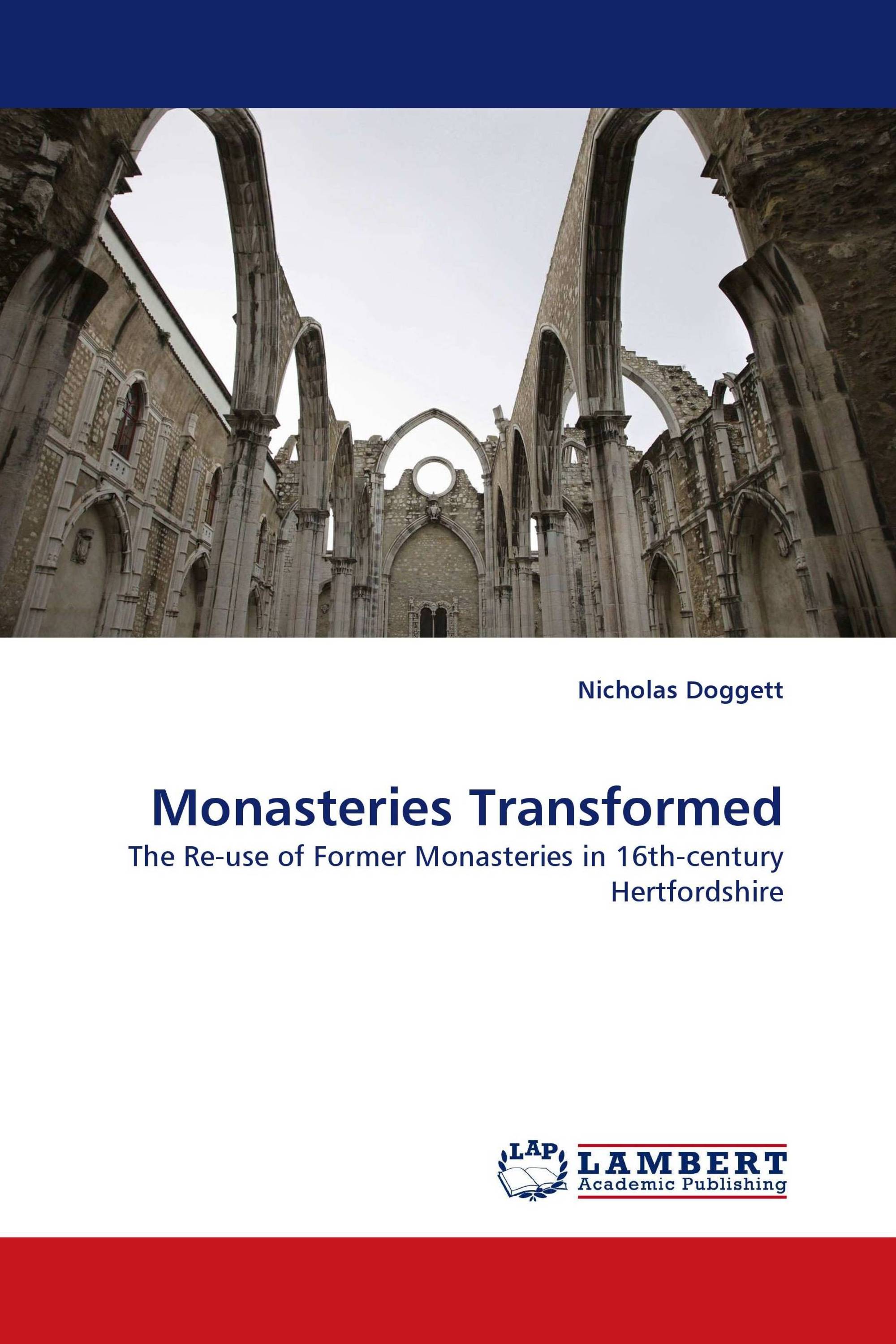Monasteries Transformed
The Re-use of Former Monasteries in 16th-century Hertfordshire
LAP Lambert Academic Publishing ( 23.09.2009 )
€ 79,00
By analyzing the surviving physical evidence of Hertfordshire''s former monasteries it can be demonstrated that, rather than simply being plundered for their building materials, many of these structures were converted to other uses after the Dissolution. Hertfordshire''s proximity to London and the desire for a country seat made it particularly attractive to the gentry and nobility, and from c.1540 to 1550 several of the first generation of post-Dissolution owners of former monasteries converted their new acquisitions into substantial houses. Lower down the social scale continuing uncertainties over the future of former monastic property discouraged immediate reuse and it was only from the 1570s onwards that most conversion schemes at this level occurred. The reuse of claustral buildings helped to foster the development of the gallery in Elizabethan architecture but by c.1600 the courtyard plan of the monastic conversion was largely obsolete. Initially attractive to lay owners because of the relative ease of reuse, the conversion of these buildings had ended in an architectural blind alley. The book will appeal to anyone with an interest in this period of English architecture.
Kitap detayları: |
|
|
ISBN-13: |
978-3-8383-1665-9 |
|
ISBN-10: |
3838316657 |
|
EAN: |
9783838316659 |
|
Kitabın dili: |
English |
|
Yazar: |
Nicholas Doggett |
|
Sayfa sayısı: |
564 |
|
Yayın tarihi: |
23.09.2009 |
|
Kategori: |
Tarih |




